Carnegie Learning Algebra II Student Skills Practice 1st Edition Chapter 3 Skills Practice
Page 323 Problem 1 Answer
It is given a graph of a function that is divided into two identical parts by a line. It is asked to identify the type of the function.
If a line divides a function then there will be two parts of the function. Now, if the two parts are identical then the function will be an even function.
So, the correct option will be even function.
Power Function is of type f(x)=axb
and if a line divides the function into two parts then those two parts are not identical.
So, the power function is an incorrect option.
A function is said to be odd if for all x, f(−x)=−f(x)
and for this function also there is no line that divides the function into two identical parts.
So, the odd function is also an incorrect option.
If a function is divided by a line into two identical parts then the function may not be symmetrical about a line or a point and also may not have end behaviour.
So, end behaviour, symmetric about a point and line are the incorrect options.
If a line divides a function into two identical parts then the function is an even function.
Carnegie Learning Algebra II Chapter 3 Exercise 3.2 solutions
Page 323 Problem 2 Answer
Given: A statement to fill up with various options.
To find: Correct choice of option.
The correct choice of option in this case will be ‘odd function’ as the given case relates to the nature of odd function.
Hence, the ‘odd function’ the word to be substituted in blank space.

Page 323 Problem 3 Answer
Given: A statement to fill up with various options.
To find: Correct choice of option.
The correct choice of option in this case will be ‘symmetric about a point’ as the suitable option relating to central point was this.
Hence, the ‘symmetric about a point’ the word to be substituted in blank space.
Carnegie Learning Algebra II Student Skills Practice 1st Edition Chapter 3 Exercise 3.2 Skills Practice Page 323 Problem 4 Answer
Given: A statement to fill up with various options.
To find: Correct choice of option.
The correct choice of option in this case will be ‘even function’ as the given case relates to the nature of even function.
Hence, the ‘even function’ the word to be substituted in blank space.
Page 323 Problem 5 Answer
Given: A statement to fill up with various options. function of form P(x)=axn
To find: Correct choice of option.
The correct choice of option in this case will be ‘power function’ as the given function in the statement represents the general from of power function.
Hence, the ‘even function’ the word to be substituted in blank space.
Carnegie Learning Algebra II Student Skills Practice 1st Edition Chapter 3 Exercise 3.2 Skills PracticePage 324 Problem 6 Answer
Given: A function f(x)=x4
To find: Sketch its graph and describe end behaviour.
Sketch graph of the given function f(x)=x4 is
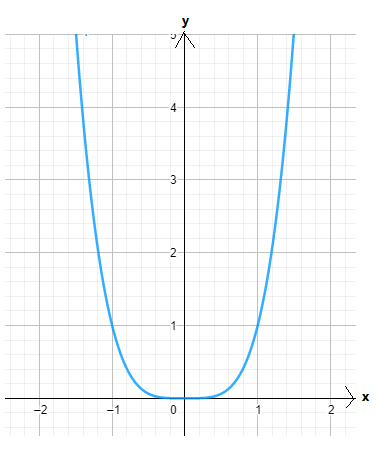
Using the graph for the given function we can state that the nature of end behaviour will be as
For x→∞ then,f(x)→∞
Similarly for x→−∞ then,f(x)→∞
Both sides the function is going to positive infinity as the given function is even function.
The graph for the given function is sketched below and the function is an even function with end behavior approaching infinity.
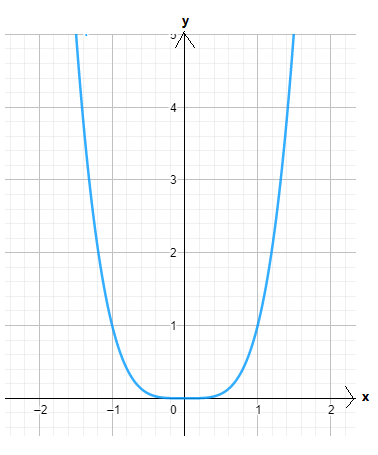
Page 324 Problem 7 Answer
Given: A function f(x)=x3
To find: Sketch its graph and describe end behaviour.
Graph of the given function f(x)=x3 is
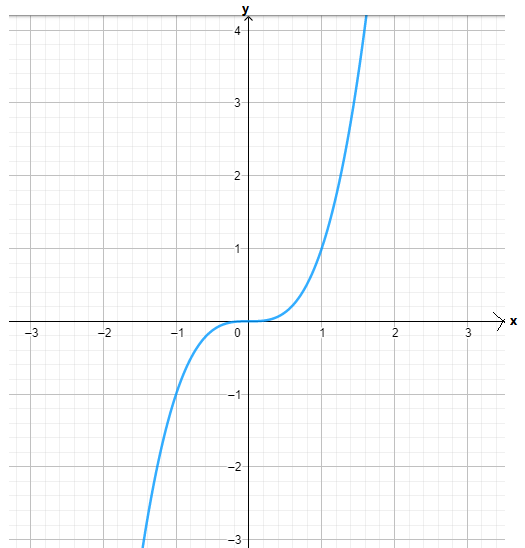
Using the graph for the given function we can state that the nature of end behaviour will be as
For x→∞ thenf(x)→∞
And x→−∞ thenf(x)→−∞
This function is due to odd function nature of the graph.
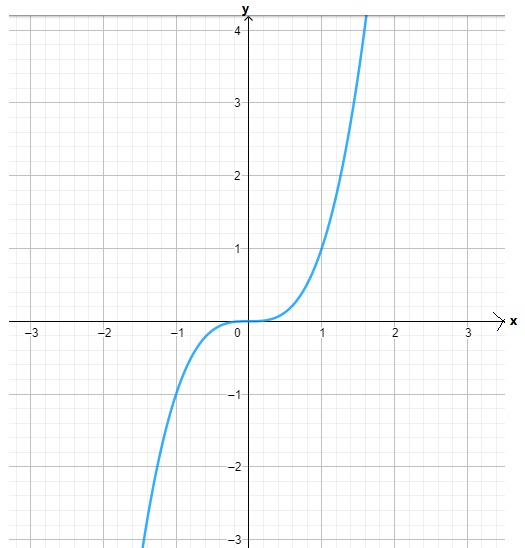
Hence, the graph for the given function was sketched below and the function is an odd function with end behavior approaching to positive and negative infinity for the respective values of x.
Skills Practice Carnegie Learning Algebra II Exercise 3.2 answers
Carnegie Learning Algebra II Student Skills Practice 1st Edition Chapter 3 Exercise 3.2 Skills Practice Page 324 Problem 8 Answer
Given: A function f(x)=x20
To find: Sketch its graph and describe end behaviour.
Graph of the given function is,
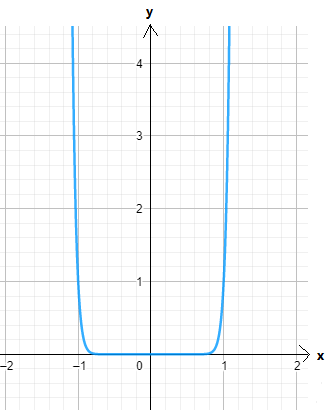
Using the graph for the given function we can state that the nature of end behaviour will be as
For x→∞ thenf(x)→∞
Similarly for x→−∞ thenf(x)→∞
Both sides the function is going to positive infinity as the given function is even function.
The graph for the given function is sketched below and the function is an even function with end behavior approaching infinity.
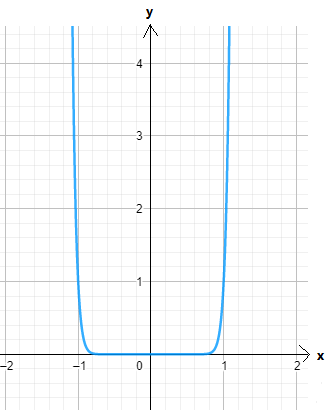
Page 324 Problem 9 Answer
Given: A function f(x)=x25
To find: Sketch its graph and describe end behaviour.
Graph of the given function is,
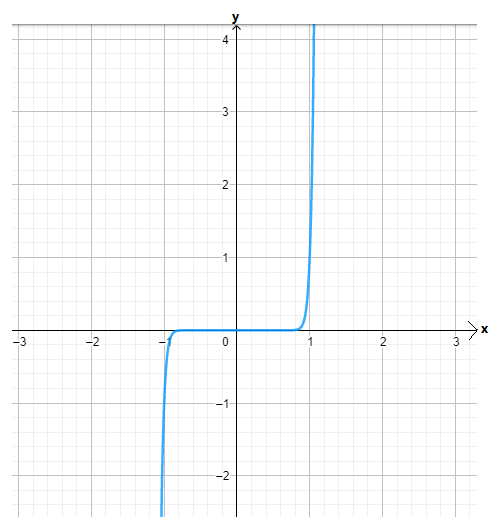
Using the graph for the given function we can state that the nature of end behaviour will be as
For x→∞ thenf(x)→∞ and x→−∞ thenf(x)→−∞
This function is odd function due to its nature of the graph.
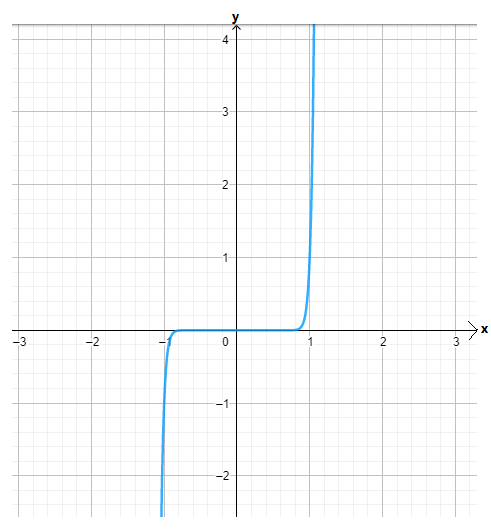
Hence, the graph for the given function is sketched below and the function is an odd function with end behavior approaching to positive and negative infinity for the respective values of x.
Carnegie Learning Algebra II practice questions Chapter 3 Exercise 3.2
Carnegie Learning Algebra II Student Skills Practice 1st Edition Chapter 3 Exercise 3.2 Skills Practice Page 324 Problem 10 Answer
Given: A function f(x)=−x5
To find: Sketch its graph and describe end behaviour.
Graph of the given function is,

Using the graph for the given function we can state that the nature of end behaviour will be as
For x→∞ thenf(x)→−∞ and x→−∞ thenf(x)→∞
This function is odd function due to its nature of the graph.
Hence, the graph for the given function was sketched and the function is odd function with end behaviour approaching to positive and negative infinity for opposite value of x.
Page 324 Problem 11 Answer
Given: A function f(x)=−x2
To find: Sketch its graph and describe end behaviour.
Graph of the given function is,

Using the graph for the given function we can state that the nature of end behaviour will be as
For x→∞ thenf(x)→−∞
Similarly for x→−∞ thenf(x)→−∞
Both sides the function is going to negative infinity as the given function is even function.
The graph for the given function is sketched below and the function is an even function with end behavior approaching negative infinity.
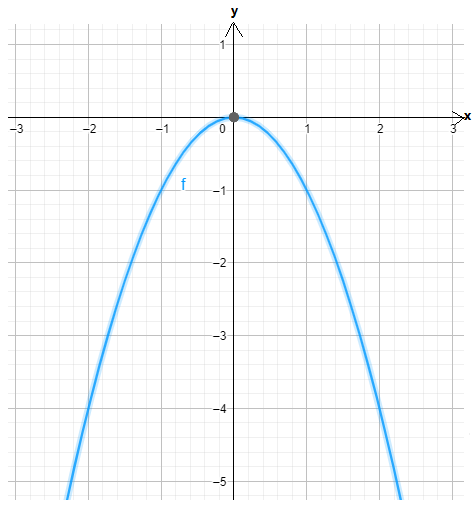
Carnegie Learning Algebra II Student Skills Practice 1st Edition Chapter 3 Exercise 3.2 Skills Practice Page 325 Problem 12 Answer
Given: A graph of some function.To find: Nature of the graph as odd, even or none.
The given graph function is represnting behaviour of approaching positive infinity for value of largex to be positive, while its again to positive infinity for the negative large value of x.
Also the function is symmetrical to the y-axis.
So, all these points lead to the conclusion that the given function is even function.
Hence, the given function is odd function as it is symmetrical to y-axis.
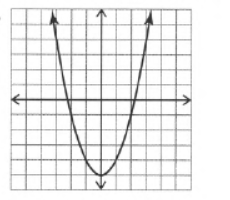
Page 325 Problem 13 Answer
Given: A graph of some function.To find: Nature of the graph as odd, even or none.
The given graph function is represnting behaviour of approaching positive infinity for value of largex
to be positive, while its negative infinity for the large negative value of x.
But, the function is neither symmetric to y-axis nor to the origin point.
So, all the reasonings lead to the conclusion that the given function is neither odd nor even function
Hence, the given function is neither odd nor even function.
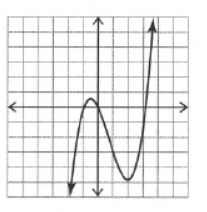
How to solve Chapter 3 Exercise 3.2 Algebra II Carnegie Learning
Carnegie Learning Algebra II Student Skills Practice 1st Edition Chapter 3 Exercise 3.2 Skills Practice Page 325 Problem 14 Answer
Given: A graph of some function.To find: Nature of the graph as odd, even or none.
The given graph function is represnting behaviour of approaching negative infinity for value of largex
to be positive, while its again to negative infinity for the negative large value of x.
But, the function is neither symmetric to y-axis nor to the origin point.
So, all the reasonings lead to the conclusion that the given function is neither odd nor even function.
Hence, the given function is neither odd nor even function.
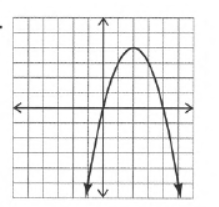
Page 325 Problem 15 Answer
Given: A graph of some function.To find: Nature of the graph as odd, even or none.
The given graph function is represnting behaviour of approaching positive infinity for value of large x to be positive, while its again to positive infinity for the negative large value of x.Also the function is symmetrical to the y-axis.
So, all these points lead to the conclusion that the given function is even function.
Hence, the given function is odd function as it is symmetrical to y-axis.
Page 326 Problem 16 Answer
Given: Function f(x)=x3−4x+3.To find: Nature of the function as odd, even or none.
Replacing the valuex=−x
f(−x)=(−x)3−4x+3
f(−x)=−x3+4x+3
Also finding the value of−f(x)
−f(x)=−(x3−4x+3)
−f(x)=−x3+4x−3
So, we can say that f(−x)≠−f(x)
The given function is neither odd nor even function.
Hence, solving for the given condition algebraically, we conclude that the given function is neither odd nor even function.
Carnegie Learning Algebra II Student Skills Practice 1st Edition Chapter 3 Exercise 3.2 Skills Practice Page 326 Problem 17 Answer
Given: Function f(x)=5x2+13.
To find: Nature of the function as odd, even or none.
Replacing the valuex=−x
f(−x)=5(−x)2+13
f(−x)=5x2+13
So, we can say that f(−x)=f(x)
The given function is an even function.
Hence, solving for the given condition algebraically, we conclude that the given function is an even function.
Page 327 Problem 18 Answer
Given: Function.f(x)=3x5−x
To find: Nature of the function as odd, even or none.
Replacing the valuex=−x
f(−x)=3(−x)5−(−x)
f(−x)=−3x5+x
Also finding the value of−f(x)
−f(x)=−(3x5−x)
−f(x)=−3x5+x
So, we can say that f(−x)=−f(x)
The given function is an odd function
Hence, solving for the given condition algebraically, we conclude that the given function is an odd function.
Carnegie Learning Algebra II Student Skills Practice Exercise 3.2 explanations
Carnegie Learning Algebra II Student Skills Practice 1st Edition Chapter 3 Exercise 3.2 Skills PracticePage 327 Problem 19 Answer
Given :f(x) =−2x7+5x3+x
We will put x in f(x) as −x
If we get the answer as f(x) then it is an even function, if we get -f(x) then it is an odd function.
Otherwise, it is neither even nor odd.
Let us substitute−x in f(x), we get
f(-x) = −2(−x)7+5(−x)3+(−x)
f(-x)=−2(−1)7x7+5(−1)3x3+(−1)x
f(-x)=−2(−1)x7+5(−1)x3+(−1)x
f(-x)=2x7−5x3−x taking (−1) common we get
f(-x)=−(−2x7+5x3+x)
f(-x) = -f(x)
Function f(x) = −2x7+5x3+x is an odd function.
